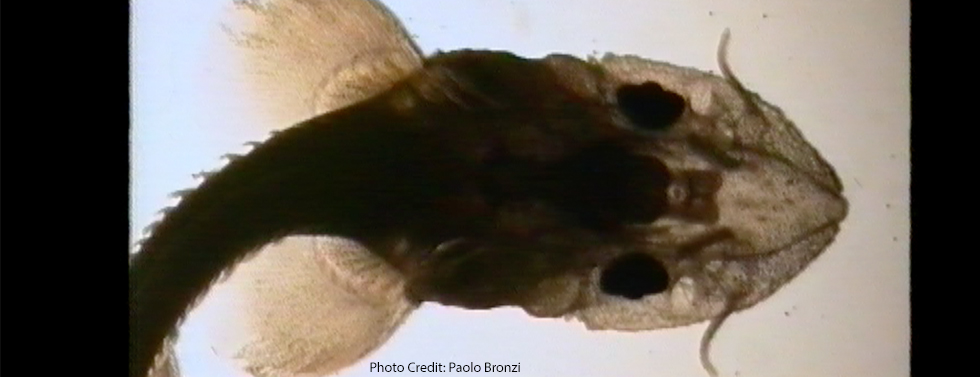Habitat destruction and river damming (with subsequent impacts on the hydrodynamic regimes) are among the major obstacles threatening the sturgeon stocks. Damming of rivers used by sturgeons as migratory path to spawning grounds will continue to expand in most parts of the world to maximize the utility of the scarce and highly demanded water and energy resources. Despite ongoing mitigation efforts the risk to loose most of the remaining populations of sturgeons and bringing several species close to extinction is extremely high. The options to mitigate the negative effects of most of the activities and methodologies must consider to rehabilitate/enhance the functional quality of critical sturgeon habitats. Releasing captive-bred fish is a common practice in many countries to manage aquatic resources that are heavily exploited (e.g. for commercial or sport value, and threatened species). There are many problems with such releases, in particular with regard to genetics. Among them are the potential for „introgression“ (when genetic characteristics of the captive population differs from those of the wild ones), the potential loss of adapted genes or gene complexes as well as the homogenization of a previously distinct genetic mix of populations through swamping a region with a common gene pool. The question also is to what extent a gene flow from hatchery-reared individuals can natural populations sustain before compromising genetic integrity, particularly when the natural populations are declining to near extinction level. The above recommendations reflect these concerns and should be considered as conditional measures to minimize risk of inbreeding (exposure to the effects of deleterious recessive genes through matings between close relatives) or outbreeding depressions (hybrid vigor or heterosis). It is imperative to maintain genetic diversity to the extent possible for any of the managed sturgeon populations in order to allow for adequate adaptation capacity of wild (or re-established) populations to changing environmental conditions (including climate change, disease resistance, trophic alterations). There is an essential need to assess the effects of environmental contaminants on the ecosystems on which sturgeon depend. In particular, environmental effects monitoring for sturgeon populations is needed because of three important conservation issues: In order to achieve these objectives, a sound conservation programme for the ecosystems and bio-resources on which sturgeon population depend is essential. To reach the goal of the conservation of sturgeons several Action Plans have been published by different countries for various species. These Action Plans outline the actions needed to reach these purposes. PAN EUROPEAN ACTION PLAN FOR STURGEONS ACTION PLAN FOR THE CONSERVATION AND RESTORATION OF THE EUROPEAN STURGEON ACTION PLAN DELLO STORIONE COBICE ACIPENSER NACCARII GERMAN ACTION PLAN FOR THE CONSERVATION AND RESTORATION OF THE EUROPEAN STURGEON (ACIPENSER STURIO)
STURGEONS
Sturgeons conservation
Management & Action plan
To guarantee continued natural reproductive success of sturgeon species
To effectively support restocking programmes
To further reduce accumulation of contaminants in sturgeon stocks and products


